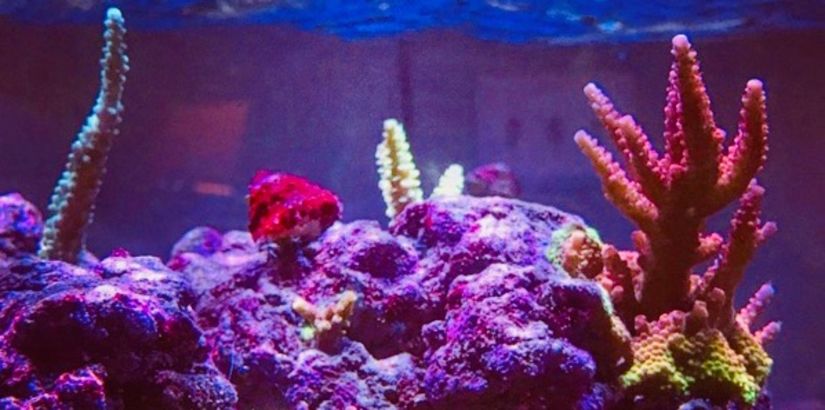How to Move a Fish Tank
When it comes to difficult items to move, a fish tank is near the top of the list. That’s especially true of large aquariums, but even smaller tanks require special care.
You have to be extremely careful, or you risk seriously damaging the tank. In fact, if you’re making a long distance move, you may want to simply sell your aquarium, along with your fish, and buy a fish tank at your new home. Remember, you’re not just moving a tank. You’re moving the fish, the plants, and an entire ecosystem. It’s tricky.
Gather Supplies
Before you start, gather these supplies:
-
Enough clean five gallon buckets to transport the fish and all the water
-
Fish net
-
Siphon hose
-
Bubble wrap
-
Duct tape
-
Packing paper
-
Moving boxes
-
Insulating foam sheets
-
Plastic bags
-
Cooler
Depending on how you transport the fish, you may not need all of the above supplies.
Preparing the Fish
A day or two before you start, stop feeding your fish. They can live for a week without food, so they’ll be all right. This ensures that the waste is eliminated from their bodies before you prepare them for the move.
Fish are sensitive to changes in their environment, so drain some tank water for the fish to travel in. If you’re going to be traveling for an hour or less, smaller fish can go in plastic baggies, which you can then place in the cooler. Larger fish, and any fish if you’re traveling for more than an hour with, need to go in the buckets. Make sure there’s air in the top of the plastic baggies and the buckets. Then, tape the bucket lids shut with duct tape. Three or four fish per bucket is a good number.
Preparing the Tank
With the fish safely out of the tank, it’s time to unplug everything connected to the tank, such as the lights and filtration system. Remove the plants and put them in buckets of tank water. Remove the accessories like pumps, lights, heaters, and the filter. Clean and dry all but the filter, which you should keep damp and in a sealed container.
Drain the rest of the water with the siphon hose into the remaining pails. Put the lids on them and seal them with duct tape. Also, transport the live rock and live sand in pails with tank water to protect the microorganisms living there. For a long distance move, simply purchase a new filter at your destination.
Cleaning the Tank
We covered how to clean an aquarium in our article about storing your fish tank, but here are the basics. Fill the tank with tap water and add one bottle of vinegar per gallon of water. Let it stand for an hour, and scrub the outside with a bit of the solution. Empty the tank and let it dry for a few hours.
Moving the Tank
Put the tank in an appropriate sized box and use the foam sheets around the outside to keep it from moving around. Fill it with crumpled packing paper and tape the box shut. If you can, transport it in your car or van rather than the moving truck.
Moving the Fish
Whether you put the buckets in your car or the moving truck, make sure they’re secure and won’t tip over. So long as you left some air at the top of each plastic baggie or pail, the fish should have enough oxygen for a short trip.At Your New Home
Once you get to your new place, set up the tank right away. Hook up the filtration system and lights, add the water, live sand and rocks, and so on. Test the pH balance and temperature, as well as ammonia and chlorine levels. The longer the move, the longer it may take for all levels to stabilize.
Once these levels are right for your fish, scoop them back in, and pour in the rest of the water.
If everything goes smoothly, your aquarium will arrive in great shape and your fish will be content in their new home.




